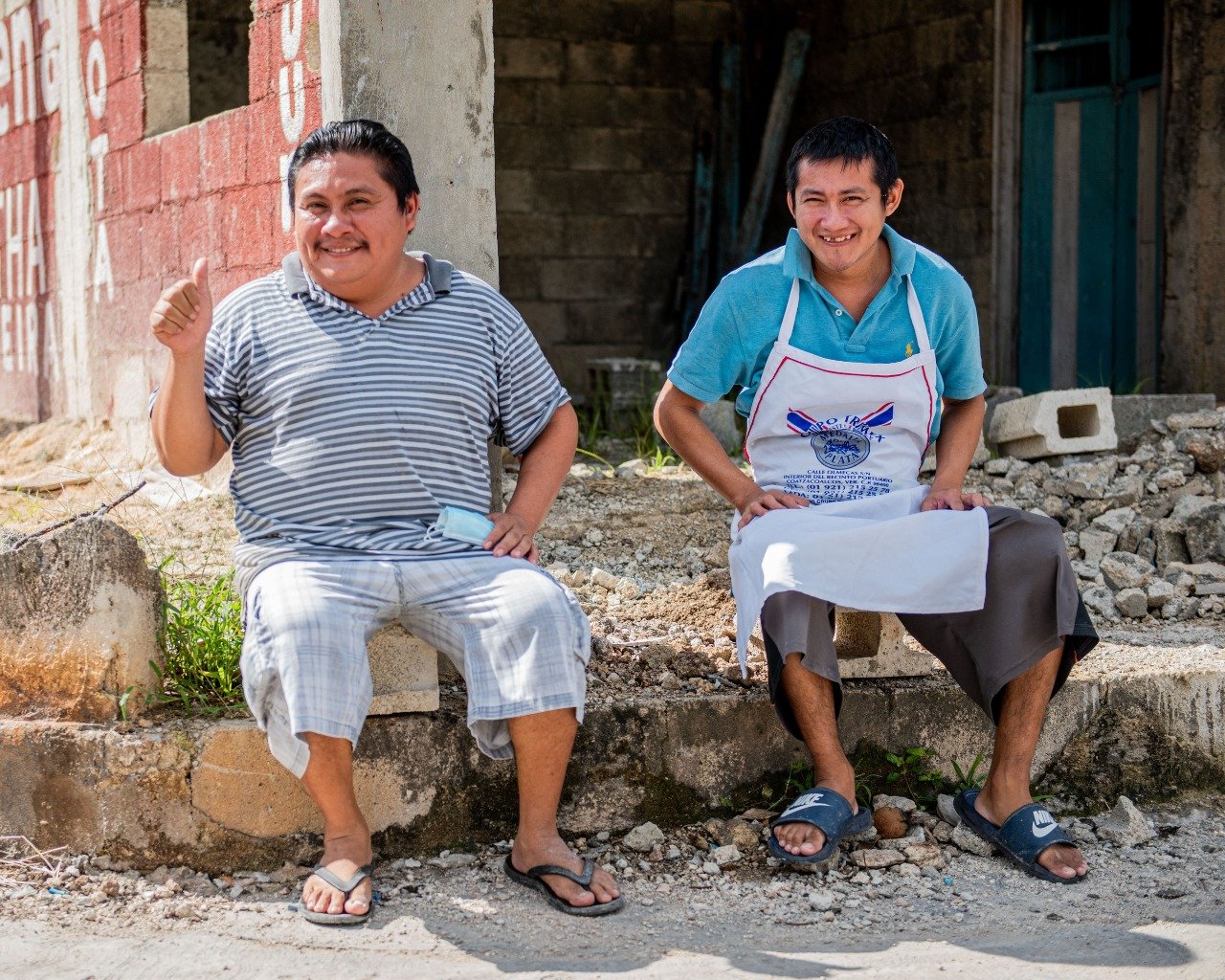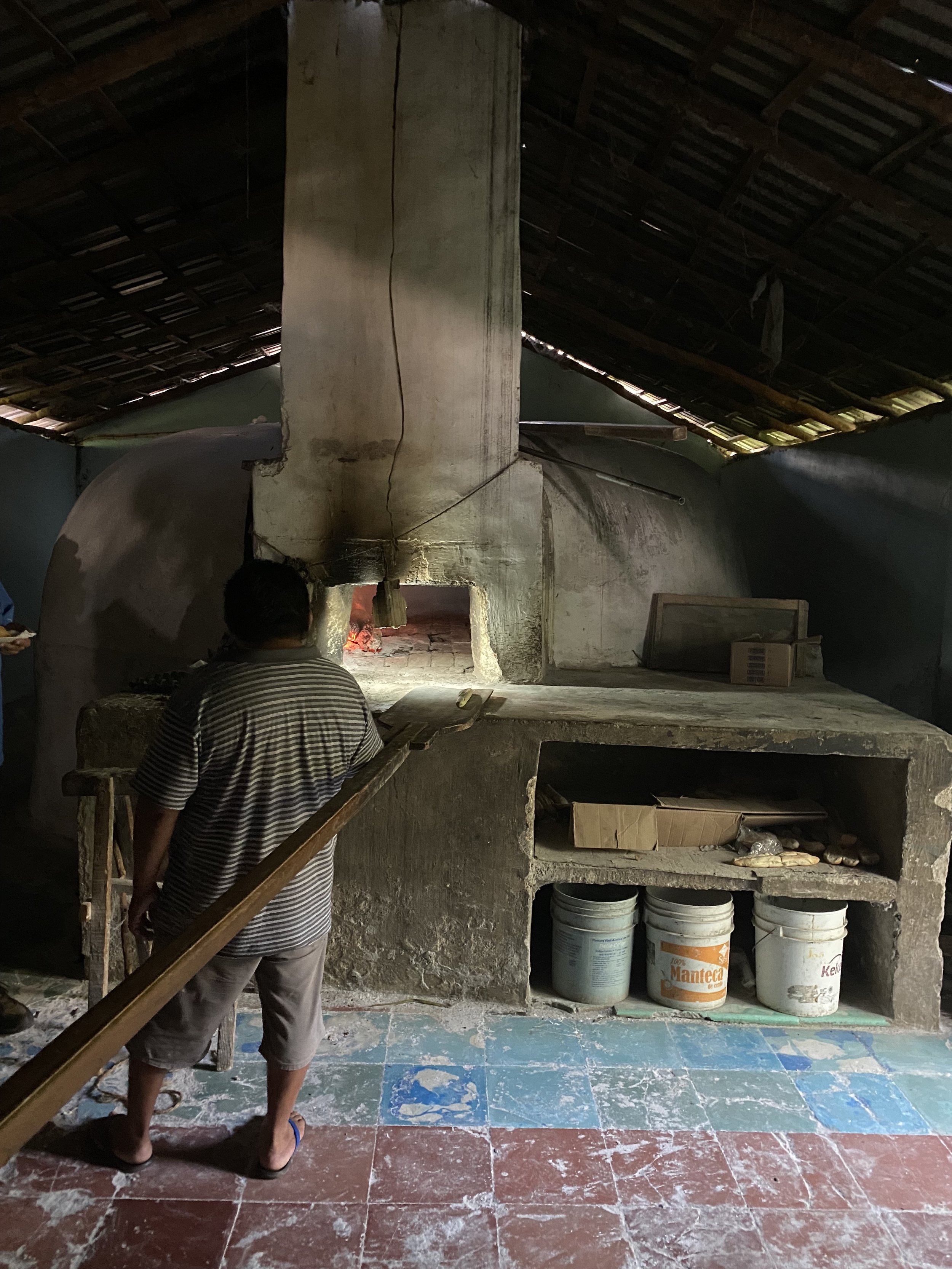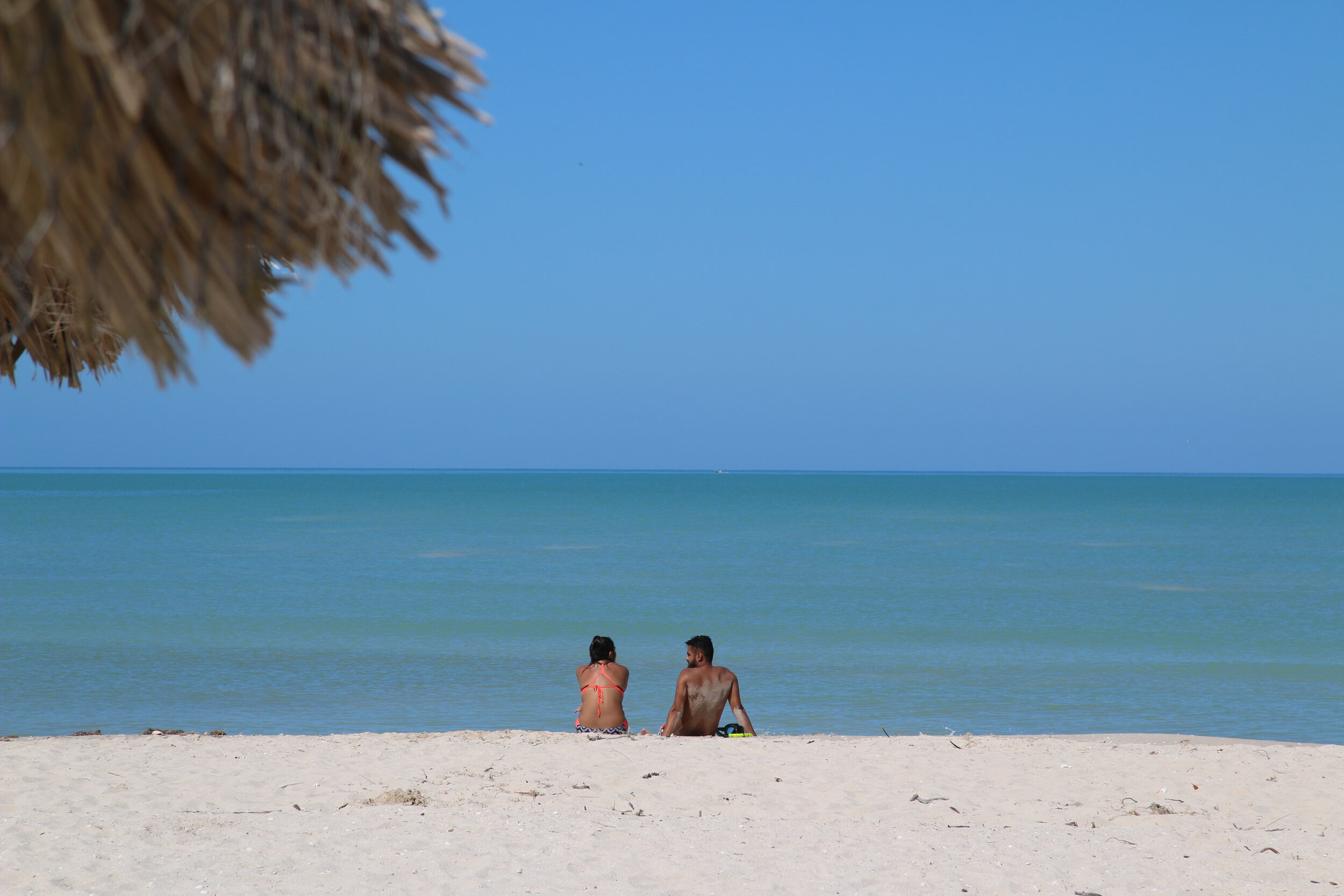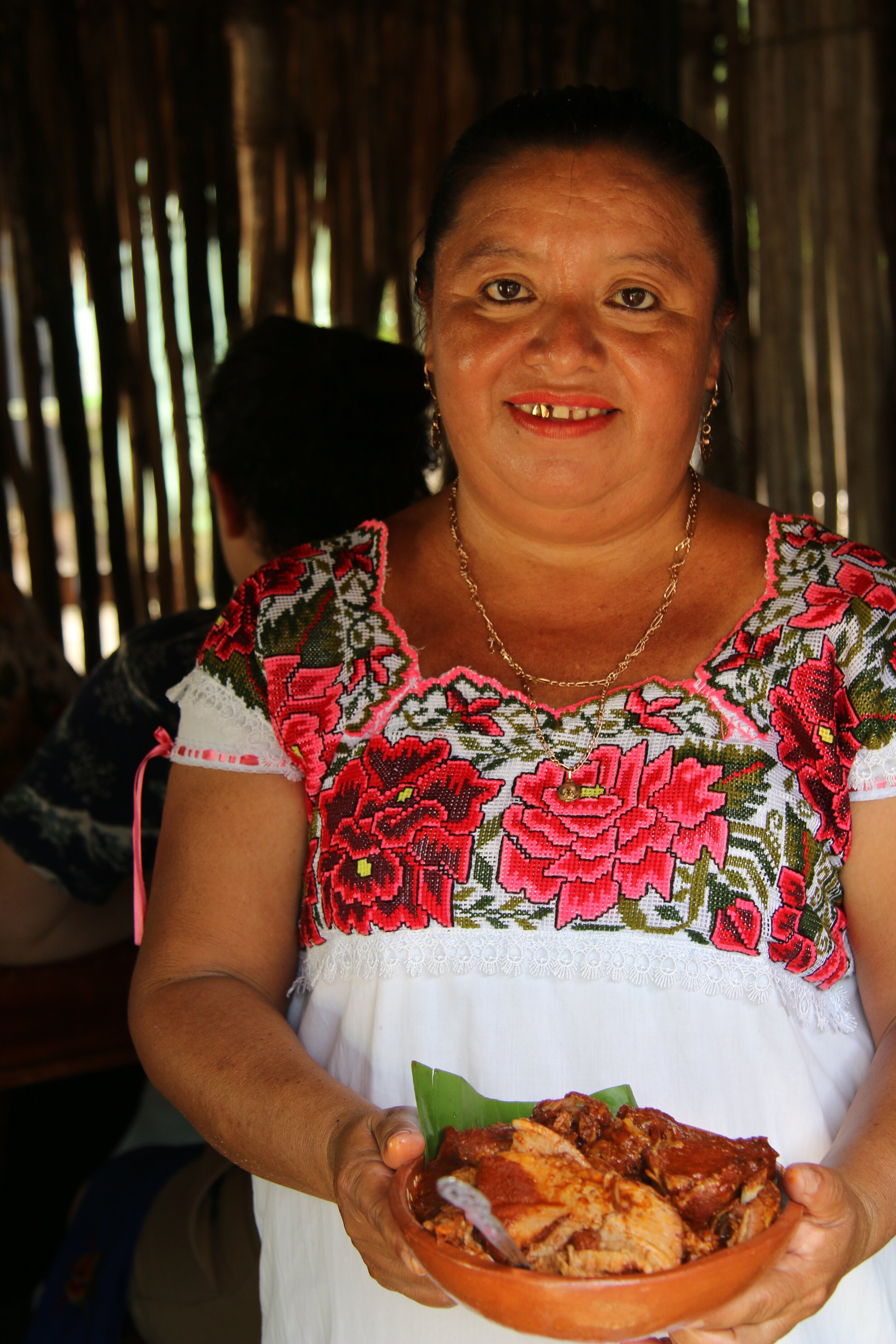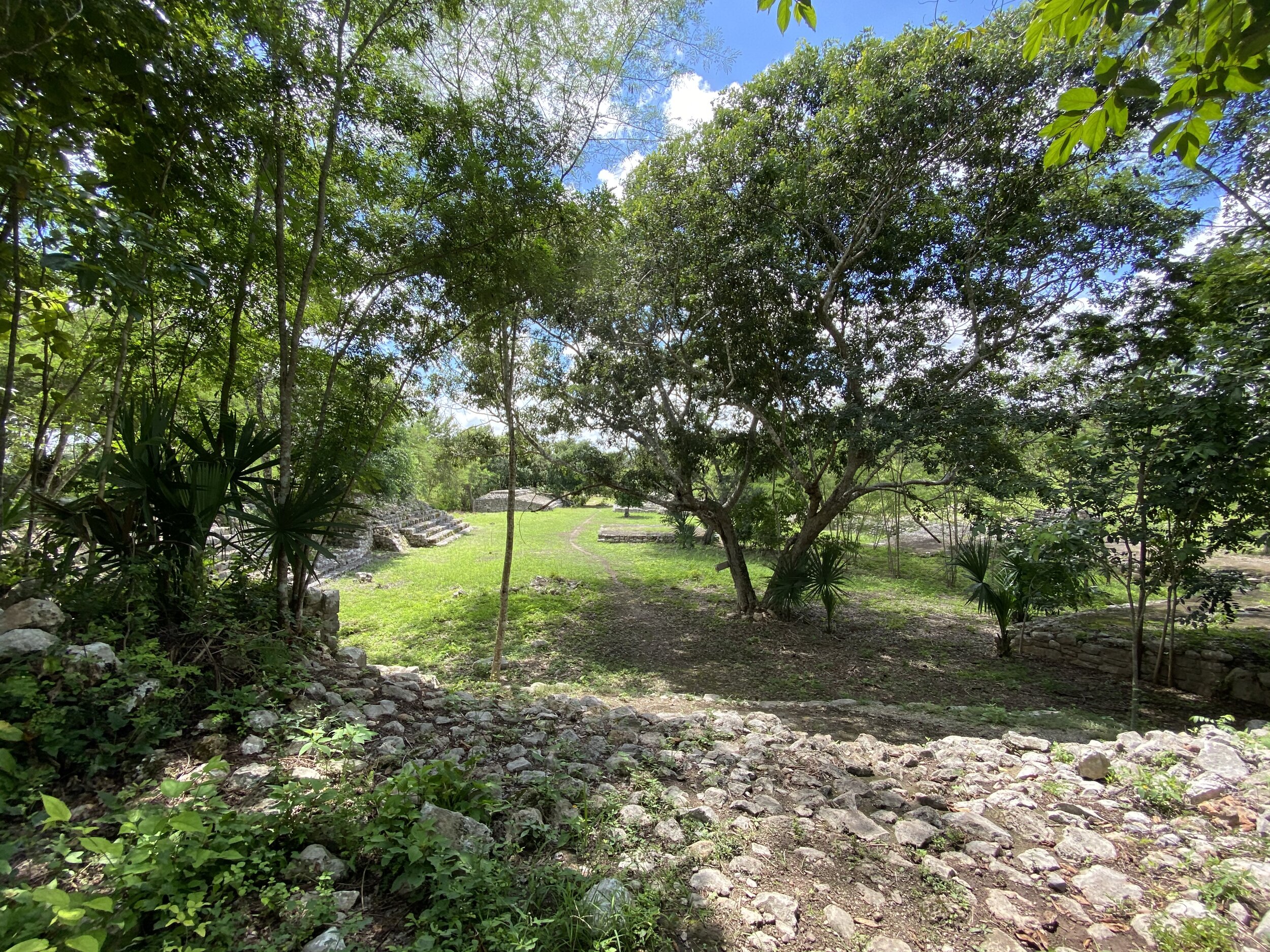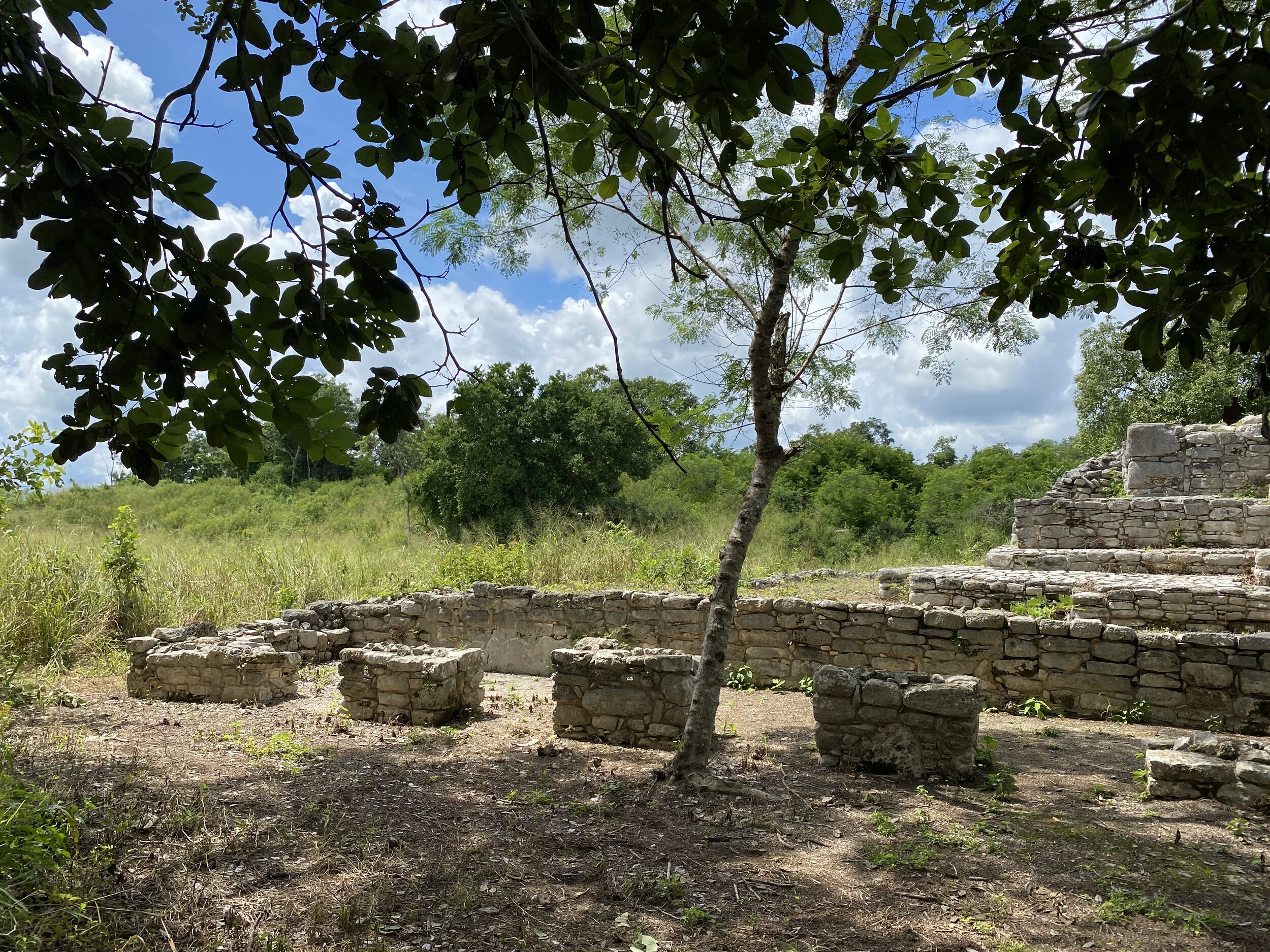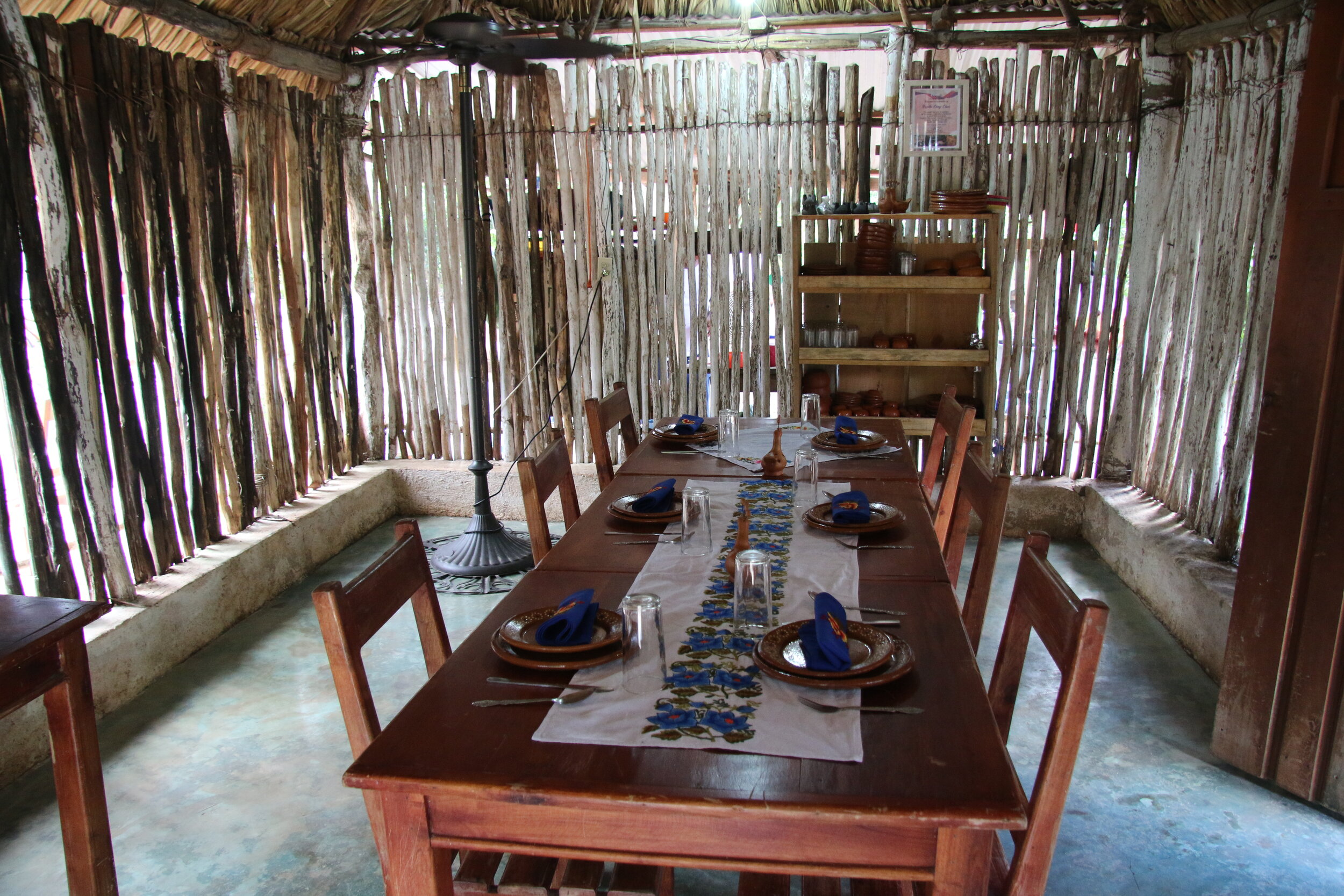Introduction
If you have spent any time in and around the Yucatan, you will have heard the term “francés” usually associated with the word “caliente” Now this may come as a surprise, but when someone talks about having a francés caliente they are not talking about assaulting a hot Frenchman. No, it refers to a long-ish individual loaf of bread, baked daily in bakeries throughout the region and enjoyed as an evening snack with pieces of Edam from that hollowed out queso de bola (unfortunately and unappetizingly translated as ball cheese) or in the morning stuffed with juicy, greasy and delectable cochinita pibil.
And while these and other bread products are nowadays finished in ovens for the most part, the traditional way is to find them baked in gigantic wood-fired ovens, very similar to the brick pizza ovens that can reach very high temperatures and whose delectable crusts are charred and crisp and ash-sprinkled from real pieces of wood crackling inside the baking space.
The Process
In the case of the francés, the dough is shaped by a combination of pounding, elbow thumping (the actual elbow is used) and shaping by hand. A sliver of palm (not banana leaf as some would have you believe) is laid along the length of the shaped loaf which is then set in trays placed on racks where they await, rising slowly in the local heat, to be baked in the afore-mentioned oven. Why the sliver of palm? I was told that it is to maintain the shape of the bread, not that it imparts any special flavor to the final product as I had previously been told.
Loaves are laid onto the hot bricks in the oven, having been previously swept clean with a moist rag to remove excess ash and coals. This is done with a very large wooden spatula with a handle that will cross the entire room, so as to keep the operator from contracting heatstroke in the face of the very caliente oven. A few moments in the oven and they are removed, fresh and ready to be delivered to points of sale around the village or prepared in bags for orders from the vendedores who will be selling tortas and tacos early the next day.
Juan Sabido (left)
Juan Sabido is one of these bakers and has generously shown us around the operation where he works, in an unmarked and unremarkable house that you would not even suspect of being a bakery when driving by.
This, and other experiences like it, are some of the things we offer our guests when they come to visit the Yucatan giving them a true glimpse into traditional life, customs and its people.
